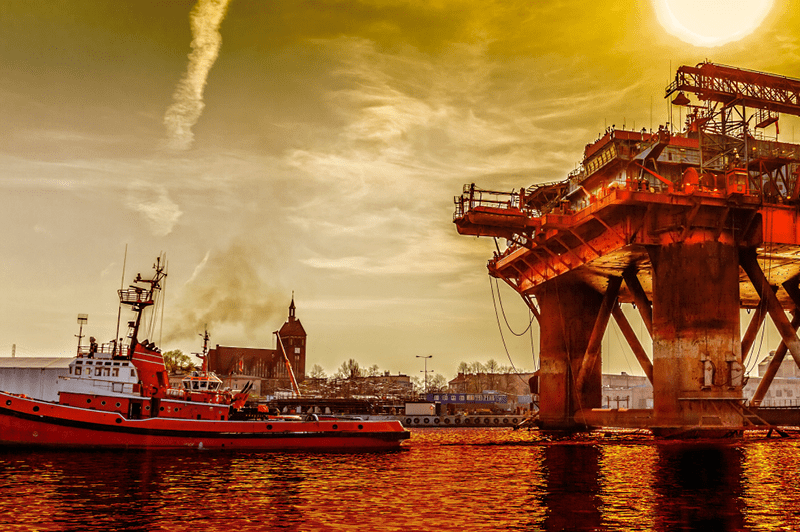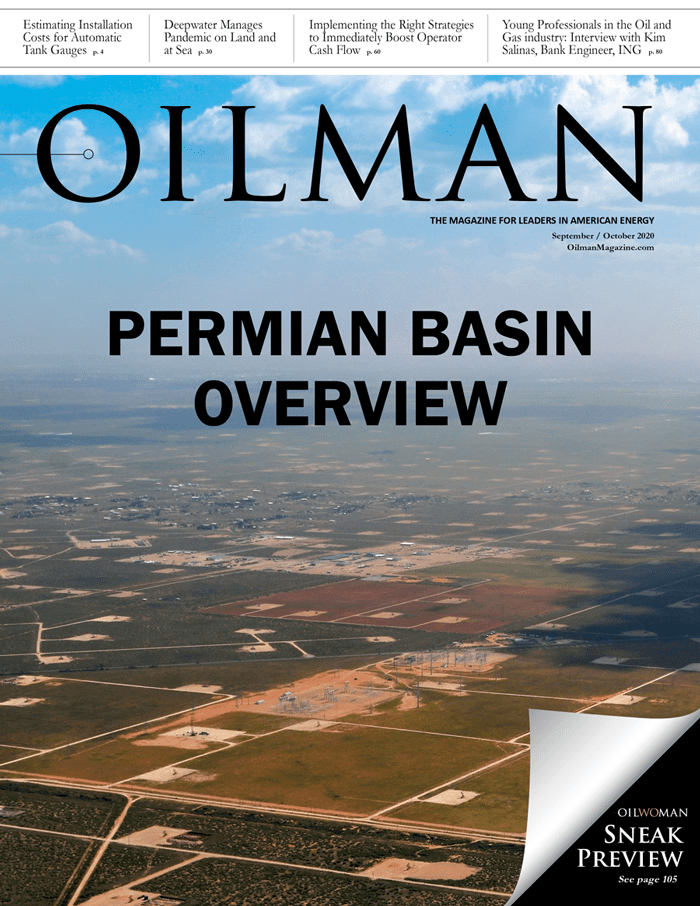Imagine for a moment, you’re getting ready to dial into your weekly leadership call when you receive an urgent text from your director of operations. “Have you seen the latest National Hurricane Center advisory? There are two potential hurricanes heading our way this week. We need to talk ASAP!” This is an all too familiar scenario for many oil and gas executives with core infrastructure and operations in areas at risk for hurricanes (and one that is a reality for businesses with a presence on the Gulf Coast as we write this). Under normal circumstances, you would gather your team and execute your Hurricane Response Plan – but these are not normal times.
A Historically Active Hurricane Season Amid an Ongoing Global Pandemic
This year’s hurricane season is one for the record books and is expected to get worse. As of early August, the updated National Oceanic and Atmospheric Administration seasonal forecast is calling for 19-25 named storms, 7-11 hurricanes, and 4-6 major hurricanes (Category 3 and above). Current projections show a nearly 80 percent chance that at least one major hurricane will strike the U.S. coast.
Meanwhile, COVID-19 has created a growing number of financial and operational impacts on the oil and gas industry. The rapid shift to remote work combined with reduced travel resulted in a plummeting demand for oil. The reduced demand was exacerbated by a delay in production agreements between OPEC and Russia; contributing to the price of oil dropping more than 50 percent from January to March. According to a report from the International Energy Agency (IEA), global oil demand will likely see its first annual drop since 2009, worsening the widespread effects on oil companies including increasing bankruptcies, layoffs, and a constrained fiscal environment. Baker Hughes’ recent report identified 298 rigs in operation in North America, a 73 percent decrease since February. Operationally, businesses have faced challenges as well, ranging from outbreaks of the virus on rigs and productions facilities where there are limited means of working remotely, to the need to reduce staffing levels and quickly implement health and safety protocols. This year has been difficult for the oil and gas industry, and with peak hurricane season upon us, it is likely to get worse.
How Will COVID-19 Impact Hurricane Preparedness and Response?
While the Federal Government started this hurricane season with a record setting $80 billion in the Disaster Relief Fund, there are challenges posed by COVID-19 that will not be solved through funding alone. Having exhausted much of their resources responding to COVID-19, the nation’s emergency management systems have quickly adapted response strategies which remain largely untested. Plans call for limited field deployments of additional personnel in response to hurricanes, relying upon remote consultations or those already residing in or previously deployed to the impacted areas. Critical activities such as evacuations, sheltering and damage assessments have been redesigned to accommodate fewer available resources and mitigate the spread of COVID-19 while still meeting the needs of their communities. While some of these changes may not directly impact an oil or gas business, they will affect your people and operating environment. The bottom line is that any response to a hurricane under these conditions will likely mean longer wait times for assistance and ultimately greater disruptions to business.
Preparing for a Hurricane During an Ongoing Pandemic
While the challenges posed by hurricanes during the ongoing pandemic are real and may even seem daunting, there are four focus areas that can help to better prepare your business and people.
Review, Refine and Exercise Your Plans
COVID-19 has radically changed the way businesses are working, and therefore, existing response plans may not be effective in this environment. Take the time to review and refine your plans to ensure they truly reflect your capabilities under the current operating environment. Here is a list of considerations:
- Changes to key business processes (specifically those impacted by remote work and social distancing requirements).
- New workarounds that have been implemented.
- Confirm communication methods and technologies.
- Changes to team member roles and responsibilities.
- Current location and status of employees and other key stakeholders.
- Status and current capacity of business partners.
- Adherence to safety and health protocols (including PPE requirements).
Align with External Stakeholders
With the ongoing changes to your operations and response and recovery processes, it is more important than ever to align with external stakeholders. Key stakeholders may include governmental entities, key vendors or service providers, business partners, or anyone else you may rely upon to respond to or recover from a hurricane. Critical issues to discuss include current response capabilities, health and safety protocols (e.g., PPE or social distancing), travel and access procedures, virtual coordination processes, and communication methods.
Focus on Your People
Taking care of your people should always be a priority, but it is even more important now as research shows that during a protracted disaster, employees who feel supported are more likely to stay with the business, are more productive, and are better problem-solvers. However, it is not easy to be supportive and show empathy in a virtual environment. Communicate with your employees about how you are preparing, what their role will be, what they can expect from you, and where they should go for more information or assistance.
Identify Hidden Opportunities
In the chaos of crisis, opportunities often present themselves. We need to actively look for them. Some oil and gas companies have already used COVID-19 as a catalyst for long-term growth, identifying new opportunities such as finding operational efficiencies, making investments in renewable energy, and shifting production capabilities to higher demand consumer products.
Managing your business’ preparation and response to a hurricane during an ongoing pandemic is no simple task. There is much to consider and do but taking these steps can help you prepare for the impacts, bolster overall resilience in the face of a dynamic operating environment, and ultimately find the hidden opportunities in order to emerge stronger.
Headline photo courtesy of BDO
Jim MacDonnell is a director with BDO’s Crisis Management and Business Continuity Practice. He has over 18 years’ experience supporting Fortune 100 clients and federal agencies prepare for and respond to crises and emerging risks. MacDonnell has an MBA from the University on North Carolina, an MS in criminal justiceand homeland security from St. Joseph’s University. He is also a Certified Business Continuity Professional (CBCP) and serves on the Board of Directors for the Washington D.C. chapter of the Association of Continuity Professionals (ACP).
Matt Grossman is a Senior Manager in BDO’s Crisis Management and Business Continuity practice where he helps organizations better understand their risks, prepare for operational disruptions and crises, and ultimately bring order to chaos. He brings more than 14 years of experience in developing, implementing,assessing, and improving risk- and resilience-related programs for Fortune 100, mid-sized businesses, and public sector organizations. As a passionate advocate for resilience (both personal and organizational), Grossman is driven by the unique challenges of creating cultures of preparedness and resilient organizations.
Clark Sackschewsky is a Tax Managing Principal and the National Natural Resources Practice Leader at BDO. Sackschewsky has more than 20 years of corporate tax experience in both public accounting and industry. Sackschewsky has extensive experience with Upstream and Downstream oil and gas, oilfield service, technology, and financial services industry and has served as a regional expert for tax in SOX 4040. He has worked on hundreds of oil and gas transactions and served as lead on over 50 different oil and gas clients. His significant experience includes ASC 740, tax planning implementation for US federal, state and cross bordertransactions, transfer pricing, and internal reorganizations.









